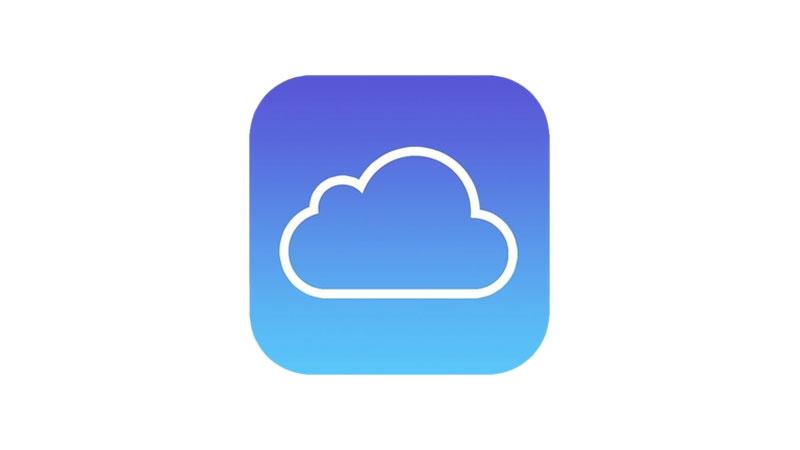When “the cloud” became part of the tech vernacular ten years ago via AWS, it was cutting edge. Now the cloud is mainstream with the percentage of companies using it in some capacity at 95 percent per Right Scale’s 2017 State of the Cloud Survey that queried cloud buyers and users like you, not just the vendors (because who knows what they’ll say, right?).
The question today is, where will you – as part of that 95 percent – take the cloud next? What are the cloud computing trends for 2018 and beyond? We mine the wisdom of proven experts to bring you this 2018 cloud forecast.
The Future of Cloud Computing 2018
These cloud computing trends will hold for the next 3-5 years. Anyone forecasting trends beyond that is just blowing smoke.
Trend #1: Some Things Won’t Change
The cast of global mega-cloud providers will be much the same in the short-term. Dave Bartoletti, Principal Analyst for Forrester, lists Amazon Web Services, Microsoft, IBM, Google, Salesforce, Oracle, Centuryline and SAP as the vendors that will continue to host the lion’s share and “set the pace, accelerating adoption of private cloud and hosted cloud as well.”
Trend #2: Moving Workloads to the Cloud Will Accelerate
The current trend of moving workloads to cloud-based platforms, primarily public, will accelerate in the “great migration,” according to David Linthicum of Cloud Technology Partners and a contributor to Businessweek, Forbes and the WSJ.
Trend #3: Security Issues with Private Cloud Platforms Will Reverse a Trend
This is an anti-trend. Some suggest that the trend toward building private clouds, currently at 38 percent when European and North American decision-makers in enterprise infrastructure are polled, will slow significantly and may, in fact, collapse upon itself in a move back to public clouds. The realization is dawning on many that it doesn’t make sense to invest the resources necessary to reinvent the wheel with few, if any, benefits and some potential detriments.
According to Rob Alexander, CIO of Capitol One, a bank that shut down its private cloud program this year, “We recognized that we were spending a lot of time, energy, effort and management bandwidth to create infrastructure that already exists out there in a much better state and is evolving at a furious pace.”
Trend #4: Security will Be Top of Mind
This one won’t surprise anyone, as the idea of the cloud immediately produces security concerns. Security and performance of cloud services will be the top concerns for companies using or considering cloud platforms. These concerns are heightened because it seems that everything that can be hacked, from major banks to the email accounts of key political players, will be hacked.
Security concerns have driven the move to private cloud development, but the security might not be better there, according to Search Cloud Security that points out five legitimate threats to information maintained on private clouds. In Dave Bartoletti’s 2017 cloud report for Forresters, he cited security concerns on poorly-crafted private cloud platforms as one reason for the anti-trend back to public cloud services.
Kevin L. Jackson of IBM points to ways in which this concern will affect the reality within cloud computing. He says, “The growing focus on dealing with the cybersecurity threat will highlight the importance of technology standardization, automation, and a data-centric approach to information security.” Mr. Jackson predicts that growth in cloud computing will accelerate if these issues are addressed successfully.
Trend #5: The Use of Containers will be Standard Practice
According to CIO, “Containers enable developers to manage software code, particularly software developed for cloud apps,” and the will “be available in every major public and private cloud platform by early 2017.” Developers will take advantage of containers when building stacks that power the development of microservices for their own company or for clients. This trend will give rise to its own set of issues related to security, storage, monitoring and networking.
Trend #6: Private Cloud Hyperconvergence Will Improve Cloud Implementation Flow
Hyperconverged infrastructure software integrates compute, storage, networking and virtualization functionality in a commodity hardware box typically provided by a private vendor. Advantages include scalability, efficiency of operations, speed of deployment, lower capital expenditure and the protection of data.
The Last Word
As we summarize cloud computing trends for 2018, let’s give the last word to IBM’s Kevin L. Jackson, also author of the popular Cloud Musings blog. He says, “The most important aspect of cloud computing lies in its ability to revolutionize business and economic models. The challenge is to avoid focusing on the technology in order to embrace the new opportunities that it enables.”



























